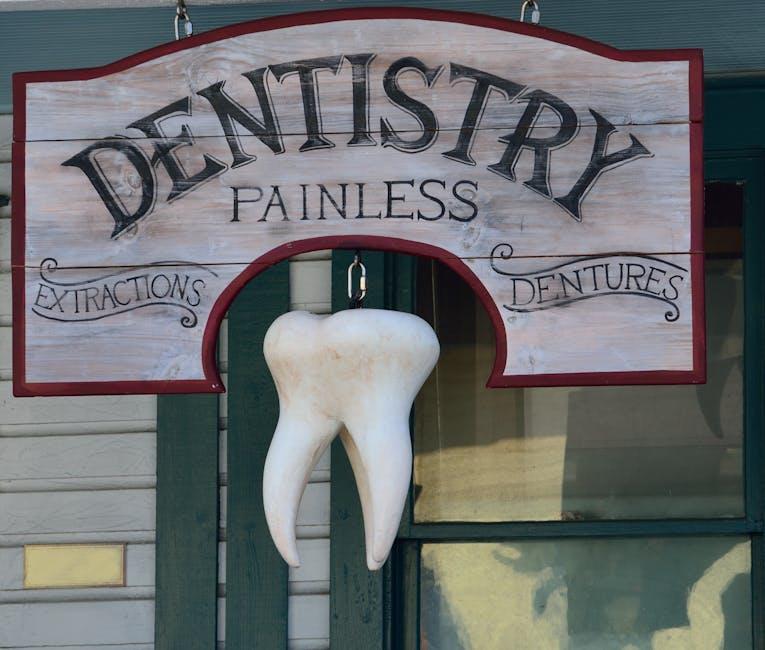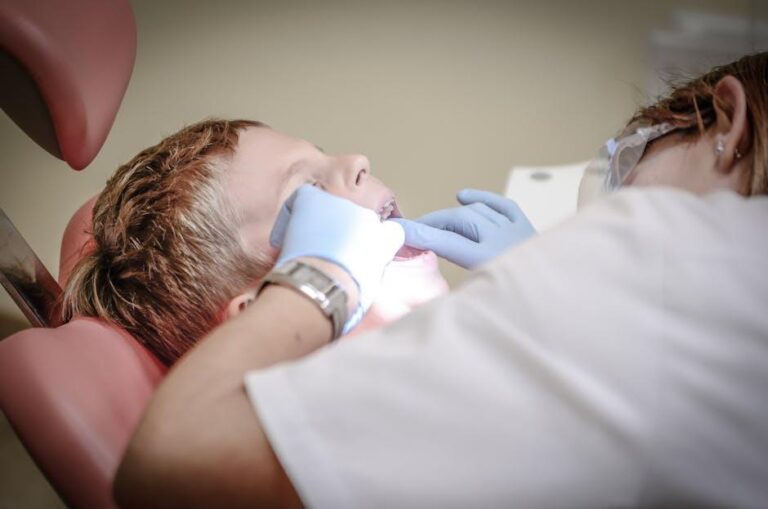
Dental Care Is Expensive — Here’s How to Pay For It
Dental care is a crucial part of maintaining overall health, but for many, the cost of quality dental treatment can be a hefty burden. Whether you need routine check-ups, fillings, crowns, or more advanced procedures, expenses can quickly add up — leaving many wondering how to afford proper dental care without breaking the bank.
In this article, we’ll explore the reasons behind the high cost of dental care and share practical, proven ways to manage and pay for dental expenses. Whether you’re uninsured or looking for smarter payment options, this comprehensive guide will help you make informed decisions about financing your dental health.
Why Is Dental Care So Expensive?
Understanding why dental care costs a lot helps in planning your spending. Key factors influencing dental costs include:
- Advanced Equipment & Technology: Modern dental treatments rely heavily on sophisticated tools and technology which are costly to maintain.
- Specialized Training: Dentists and hygienists undergo extensive education and continuous training, which reflects in service prices.
- Lab & Material Costs: Crowns, dentures, and other prosthetics require expensive materials and lab work.
- Overhead Expenses: Rent, staff salaries, insurance, and compliance with health regulations add to operational costs.
- Limited Insurance Coverage: Unlike many medical services, dental coverage is often limited or not included in standard insurance plans, increasing out-of-pocket payments.
Effective Ways to Pay for Dental Care
Luckily, there are many options available to help you manage and pay for costly dental treatments without compromising care quality.
1. Use Dental Insurance or Discount Plans
A dental insurance plan can offset costs significantly, especially for routine procedures. If you don’t have insurance, dental discount plans offer reduced rates at participating providers without monthly premiums.
2. Dental Payment Plans
Many dental offices offer financing or payment plans that allow you to spread out your costs over months or years — often with low or zero interest.
3. Health Savings Accounts (HSAs) and Flexible Spending Accounts (FSAs)
If you have access to an HSA or FSA through your employer, you can allocate pre-tax dollars to pay for dental treatments, reducing your effective cost.
4. CareCredit and Medical Credit Cards
Credit cards specifically designed for healthcare expenses, like CareCredit, provide a way to finance dental care with promotional low-interest or no-interest payment plans.
5. Look for Community Dental Clinics or Dental Schools
Community clinics and dental schools often provide services at a fraction of the cost, performed by supervised students or volunteer practitioners.
6. Negotiate or Ask About Discounts
Don’t hesitate to request a discount upfront or ask for a lower cost if you’re paying out-of-pocket. Some dentists offer reduced fees for cash payments.
Dental Care Payment Options at a Glance
| Payment Method | Benefits | Considerations |
|---|---|---|
| Dental Insurance | Reduces costs for preventive and routine care; predictable payments | Often limited coverage on major work; deductibles apply |
| Dental Discount Plans | No premiums, instant discounts on many procedures | Not insurance; discounts vary by provider |
| Payment Plans from Dentists | No or low interest; flexible terms | May require credit approval |
| HSAs & FSAs | Tax-advantaged savings for dental expenses | Funds use is limited to eligible expenses; yearly limits apply |
| Medical Credit Cards (CareCredit) | Promotional 0% interest plans available | High interest if balance not paid timely |
| Community Clinics & Schools | Significantly lower costs | Longer wait times; limited emergency care |
Practical Tips for Managing Dental Expenses
- Preventive Care: Brushing, flossing, and regular cleanings can avoid expensive problems down the road.
- Get Multiple Quotes: For major procedures, comparing costs across dentists can save you hundreds.
- Plan Ahead: Schedule treatments early in the year to maximize insurance benefits and avoid end-of-year rush fees.
- Utilize Employer Benefits: Some employers offer voluntary dental benefits or negotiate group discounts.
- Ask About Emergency Treatment Options: Some dental offices have sliding scale fees or emergency help programs.
Case Study: How One Family Managed Dental Costs
The Johnson family faced over $3,000 in dental bills for necessary procedures involving two children and one adult. They combined these strategies:
- Utilized dental insurance for routine cleanings and checkups.
- Signed up for a dentist’s monthly payment plan to cover a crown and cavity treatment.
- Used an FSA to pay for out-of-pocket expenses with tax savings.
- Found a dental school nearby to handle a minor procedure for their youngest child at a discounted rate.
By using these combined methods, the Johnsons reduced their immediate payments significantly and avoided high credit card interest charges.
Conclusion
Dental care may feel expensive, but with the right knowledge and planning, you can find ways to make it affordable. From using dental insurance and discount plans to flexible payment options like CareCredit, there are multiple avenues to help you pay for quality dental treatment without financial stress.
Prioritize preventive care and don’t hesitate to ask your dental provider about financing or discounts. With smart choices, maintaining a healthy smile is within reach — no matter your budget.
Stay informed, explore your options, and take control of your dental health finances today!


